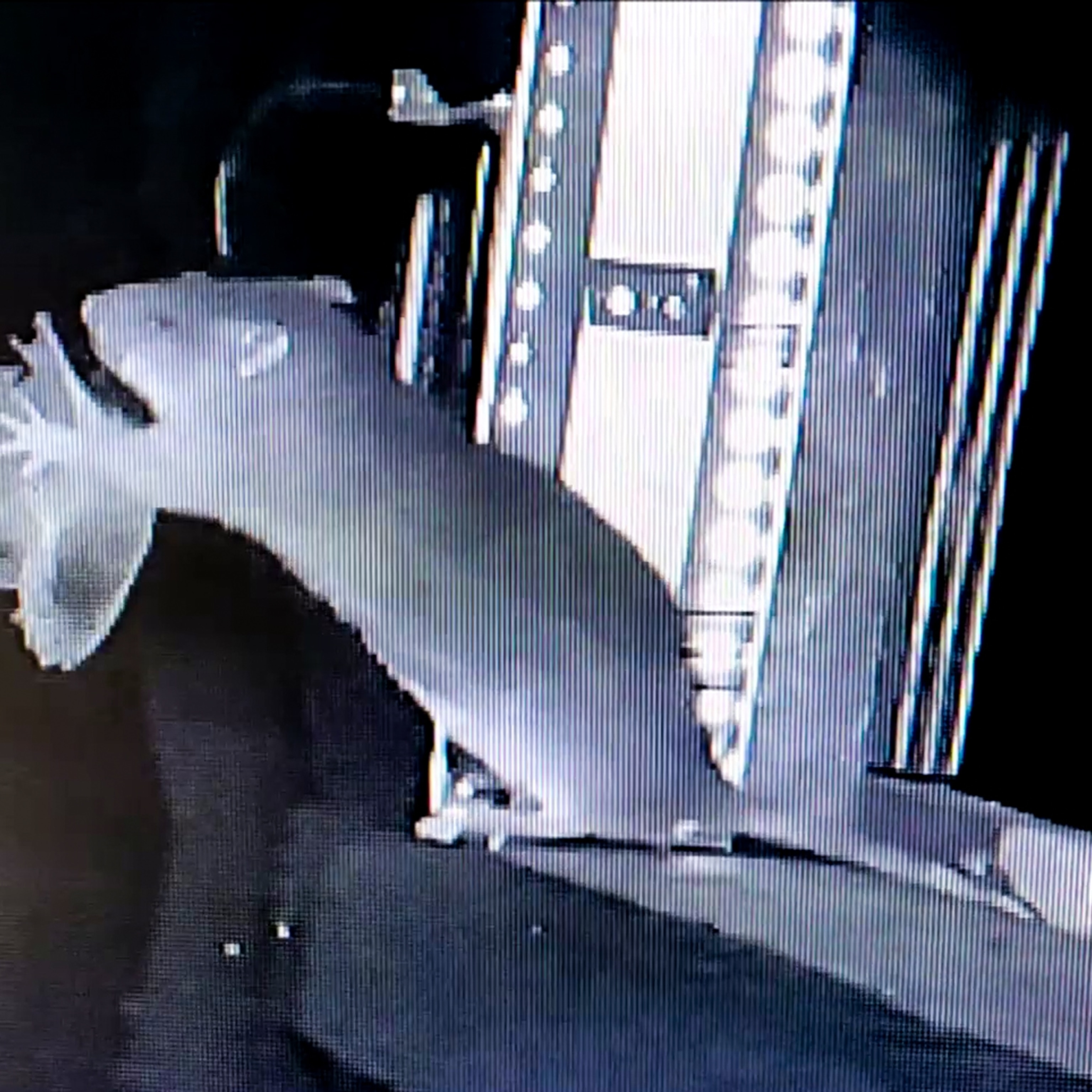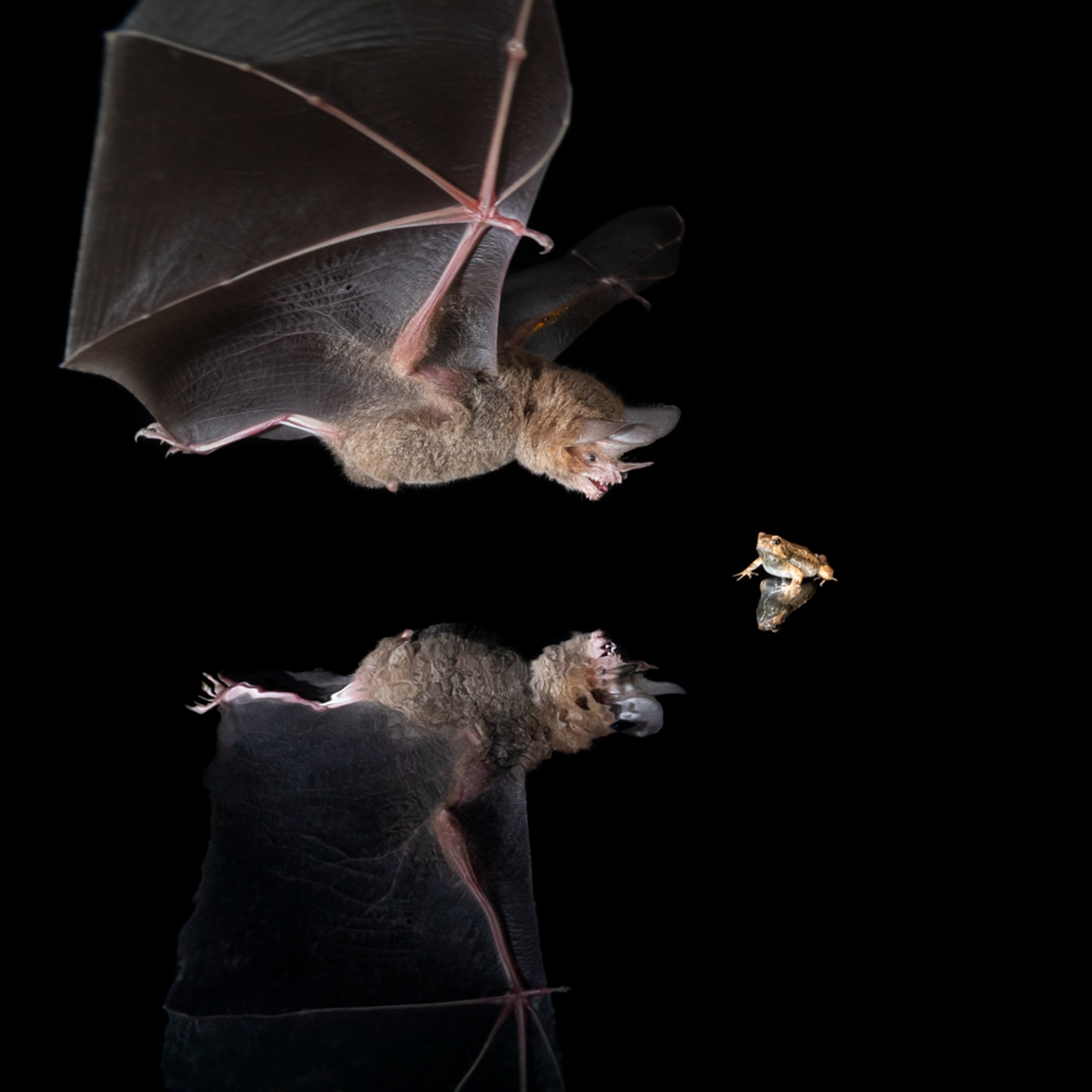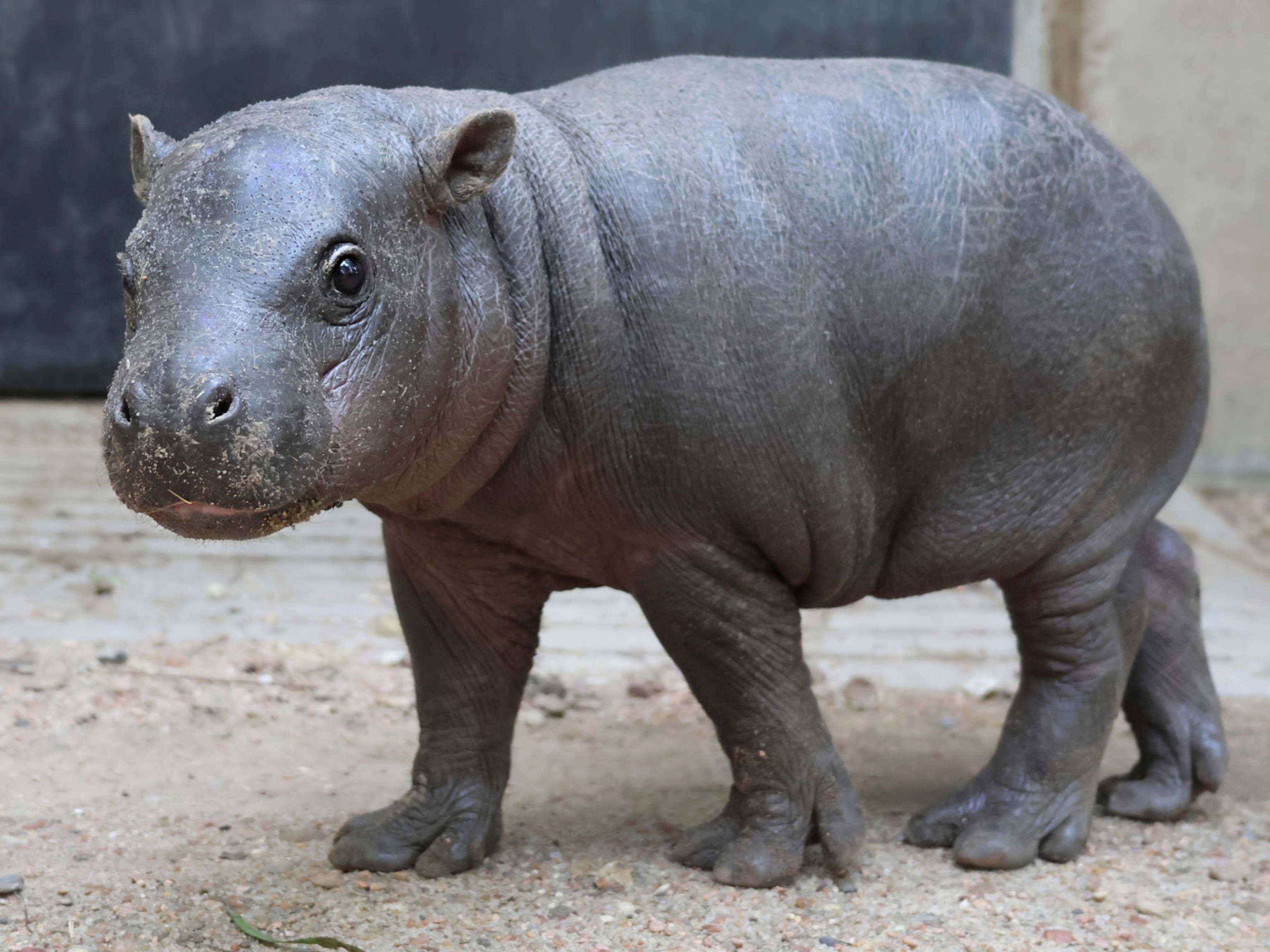
When It Comes to Echolocation, Some Bats Just Wing It
Fruit bats are the first animals found to bounce the sound of their own wings off objects in a rudimentary kind of echolocation.
In a first in the animal world, three kinds of fruit bat have been found to use sonar clicks made by their flapping wings to find their way in the dark.
Not only is this the first time that wing clicks have been shown to be used for echolocation, but it's also the first evidence of an animal using anything other than its vocal organs for this task, researchers report Thursday in the journal Current Biology. The discovery also leads scientists to think that some other bats might be doing the same thing. (See "6 Bat Myths Busted: Are They Really Blind?")
"This is a major discovery in echolocation research," said Marc Holderied, a sensory ecologist at the U.K.'s University of Bristol who was not involved with the study. "Basically this opens up a whole new field."
(Fruit Bats Have Sonar Too (But It’s Not Very Good))
The finding is even more surprising because the three fruit bat species with this ability weren't supposed to be able to echolocate at all, said Arjan Boonman, who conducted the study with neuroecologist Yossi Yovel at Tel Aviv University, in Israel. Although wing sounds have been previously reported in birds, those are used for display or communication, he said.
In the usual form of echolocation, animals such as bats, dolphins, and a few kinds of birds make high-pitched clicks or squeaks with their voices, then listen for those sounds bouncing off objects.
"We've more or less assumed for a very long time that Old World fruit bats, which is one of the families of living bats, did not echolocate, in general," said Nancy Simmons, a bat researcher at the American Museum of Natural History, in New York City, who was not involved with the study. Only one lineage among Old World fruit bats was known to use echolocation, and it did so using tongue-clicks.
One 1988 study had found a wing "clapping" sound in one bat species, but it was unclear whether it was used for echolocation. (See more amazing photos of fruit bats here and here.)
"It may be that all of the Old World fruit bats are capable of doing this, and nobody's ever looked before," she said.
An Unexpected Discovery
Boonman and Yavel were visiting co-author Sara Bumrungsri, a bat researcher at Thailand's Prince of Songkhla University, when they decided to test whether three species of fruit bats—Eonycteris spelaea, Cynopterus brachyotis, and Macroglossus sobrinus—could echolocate.
Yovel and Boonman converted an empty lecture room at the Prince of Songkhla University into a bat-testing chamber, putting carpets on the walls to reduce echoes. They recorded bats with microphones and high-speed and infrared cameras, which can film in the dark. The researchers spent long hours in this room, in complete darkness, with temperatures reaching 100°F (38°C).
But the hard work was worth it, Boonman said. "I was so surprised, in this really, really, dark room in Thailand, when they [the bats] suddenly did click. Then I thought, 'My God, how could I have missed it?'"
The researchers found that two of the three species increased their rate of wing clicking when the lights went out. That was the first sign that the clicking probably served a navigation purpose, Yovel said.
As a form of echolocation, the wing method was fairly rudimentary, they found. "We found that even if you put quite large obstacles, wires that were two centimeters [about 0.8 inch] in diameter, the bats were crashing into them, so they could not detect these obstacles in complete darkness," Yovel said.
Next the researchers tested whether the bats could use echolocation for a simpler task. They found that the bats were able to discriminate between two large objects, an acoustically reflective black board and a much less reflective cloth sheet, and land on the more reflective one in complete darkness.
The experiment convincingly showed that the bats could use echolocation to pick between large targets with different reflectivity, said Gareth Jones, a sensory biologist at the University of Bristol who was not involved with the study. "I think that's a nice bit of the paper, the way it helps us understand the function and functional limitations of the sounds that are being produced," he said.
Mysterious Mechanism
The researchers had to convince themselves that the echolocation signals were coming from the bats' wings, rather than from their vocal organs. They sealed the bats' mouths and anesthetized their tongues, but the bats were still able to produce clicks. "The final experiment that really convinced me this is with the wings is that when we very gently altered wing beat, the clicking really stopped," Yovel said.
Despite their best efforts, the researchers couldn't figure out exactly how the wings created the clicking sounds.
For future studies, comparing the echolocation abilities of different fruit bats along with their anatomy and morphology could provide some clues as to how echolocation evolved, Yovel said.
"The origin of echolocation in bats is a hotly disputed topic," said the University of Bristol's Holderied. "Producing sound with the wing is an odd solution, but evolution goes odd ways in finding solutions to problems," he said. "It just shows us how beautiful evolution is."
Follow Sandeep Ravindran on Twitter.







